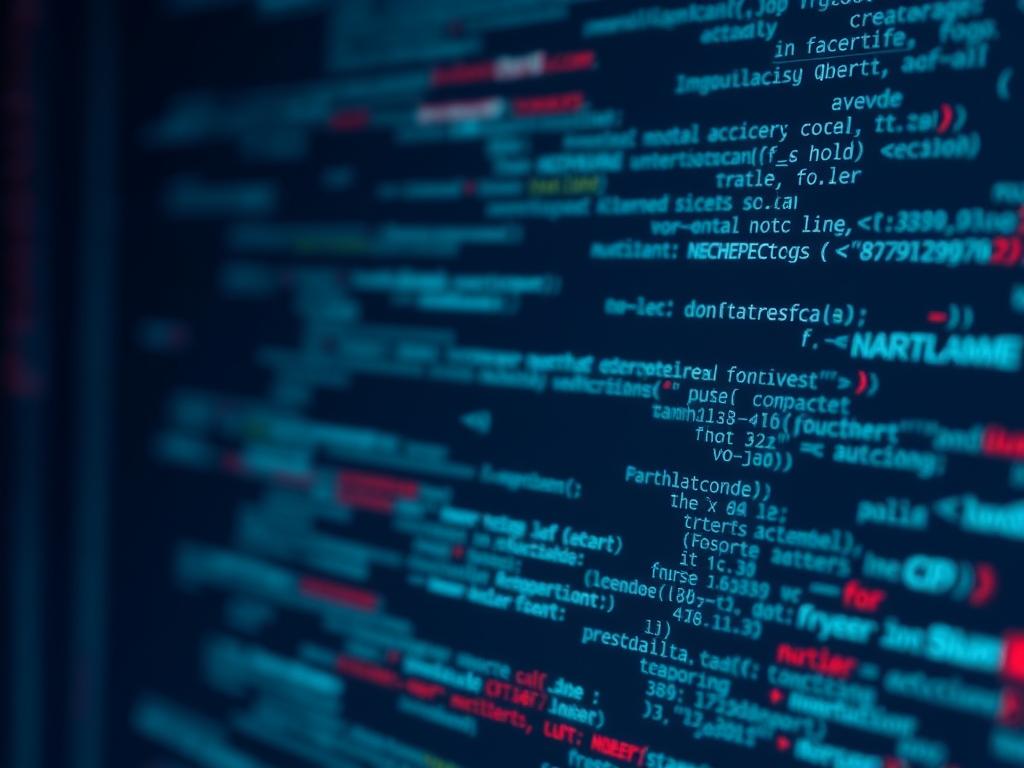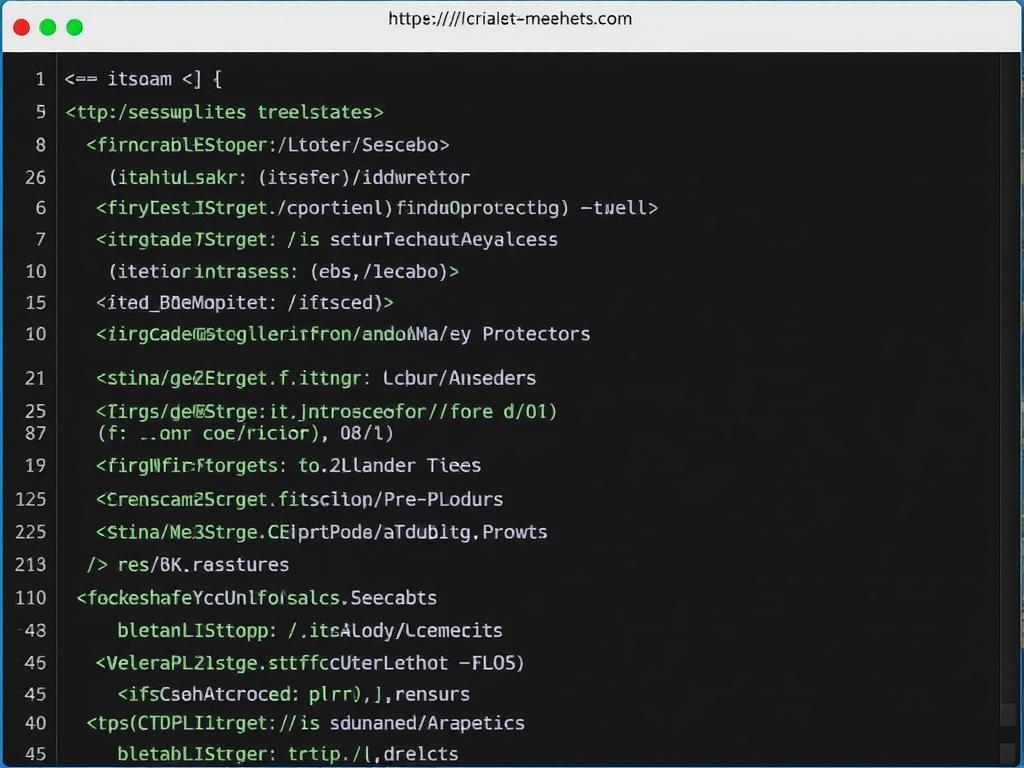In the rapidly evolving landscape of decentralized networking, mesh networks have emerged as a powerful solution to connect devices without relying on traditional internet infrastructure. Meshnets offer resilience, decentralization, and enhanced privacy, but like any complex software system, their security is paramount. Ensuring that meshnet code is free from security vulnerabilities is critical to protect users and maintain robust network integrity. This article will walk you through the process of auditing meshnet code for security vulnerabilities, exploring not only what to look for but also how to approach the task effectively.
Understanding Meshnets and Their Security Challenges
Before diving into the technical details of auditing, it’s essential to grasp what meshnets are and why their security can be so challenging. A mesh network is a local network topology where devices, or nodes, connect directly to multiple other nodes. This web-like structure allows for self-healing, improved range, and reduced dependency on central points of failure.
However, this complex connection pattern introduces unique security challenges. Because nodes communicate peer-to-peer, malicious actors who compromise one node might spread attacks across the network. Moreover, many meshnet implementations rely on open-source codebases, increasing exposure to vulnerabilities if the code isn’t thoroughly audited. When auditing meshnet code for security vulnerabilities, auditors need to examine both the network protocol and the underlying software stack.
Common Security Vulnerabilities in Meshnet Code
Identifying the types of vulnerabilities that commonly appear in meshnet implementations helps auditors focus their efforts effectively. Here are some of the main security issues to watch out for:
- Authentication Flaws: Weak or missing authentication between nodes can allow unauthorized access or impersonation attacks.
- Data Integrity Issues: Without proper encryption and validation, attackers can intercept or alter messages in transit.
- Buffer Overflows: Meshnet code often includes network packet processing, which, if not carefully coded, can lead to buffer overflow vulnerabilities exploitable for arbitrary code execution.
- Denial of Service (DoS) Vulnerabilities: Attackers might exploit flaws to overwhelm nodes, disrupting network availability.
- Improper Resource Management: Issues like memory leaks or unhandled errors can degrade node performance or cause crashes.
Key Areas to Audit in Meshnet Code

Auditing meshnet code for security vulnerabilities involves systematic review across multiple code components. Below is a breakdown of these focus areas:
| Component | Security Focus | Common Vulnerabilities |
|---|---|---|
| Networking Protocol Implementation | Ensure secure handshake protocols, encryption, and validation of packets. | Man-in-the-Middle (MitM) attacks, replay attacks, weak encryption. |
| Authentication and Authorization Modules | Confirm strong credential handling and proper access controls. | Authentication bypass, credential leakage. |
| Cryptographic Functions | Verify use of up-to-date cryptographic algorithms and correct implementations. | Use of deprecated algorithms, improper key management. |
| Packet Parsing and Processing | Check for safe buffer handling and input validation. | Buffer overflows, injection attacks. |
| Error Handling and Logging | Ensure sensitive data is not logged and errors are handled gracefully. | Information disclosure, crash-induced DoS. |
Step-by-Step Guide to Auditing Meshnet Code for Security Vulnerabilities

Let’s walk through how to approach auditing meshnet code methodically, balancing automated tools with manual code review.
1. Preparation and Understanding the Codebase
Start by acquiring a solid understanding of the meshnet code’s architecture and purpose. Read documentation and design specs to learn node roles, communication methods, and security features implemented. This initial step helps you map out critical security touchpoints. Familiarity with common protocols used in meshnets, such as B.A.T.M.A.N. or cjdns, can also be advantageous.
2. Using Automated Static Analysis Tools

Static analysis tools specialize in detecting obvious security issues by scanning source code for known vulnerability patterns. Tools like SonarQube, Coverity, or OWASP’s dependency-check can help identify security weaknesses early. Use these tools to get a baseline overview, but don’t rely solely on automated reports—they frequently generate false positives or miss subtle flaws unique to meshnet logic.
3. Conducting Manual Code Review
Manual code review is where an experienced auditor shines. Focus on critical modules first, such as those handling authentication, encryption, and packet processing. Check that all inputs are validated rigorously and that buffers are properly sized and checked. Verify adherence to secure coding standards like the CERT C or OWASP Secure Coding Practices.
4. Testing for Vulnerabilities
After reviewing code statically, dynamically test the meshnet implementation in controlled environments. Use penetration testing techniques tailored to mesh networks, such as attempting to inject malformed packets, simulating DoS attacks, or trying to impersonate nodes by exploiting authentication or cryptographic weaknesses. Tools like Wireshark for packet inspection and fuzzers for input testing are invaluable here.
5. Verifying Cryptography and Key Management
Inspect cryptographic code closely to confirm it uses current algorithms and secure key management practices. Verify that no hardcoded keys exist and that keys rotate according to security best practices. Cryptography errors can seriously compromise meshnet security even if everything else is perfect.
6. Check Dependency and Third-Party Library Security
Meshnet code often depends on several third-party libraries. Audit these dependencies to ensure no known vulnerabilities exist in them. Tools like OWASP Dependency-Check or Snyk can automate this process and help maintain an updated security posture.
Best Practices for Maintaining Secure Meshnet Code
Finding and fixing vulnerabilities is only part of the story. Continuous secure development and monitoring practices are vital.
- Implement Code Reviews and Pair Programming: Encourages knowledge sharing and early detection of potential issues.
- Use Continuous Integration with Security Testing: Integrate static and dynamic security scans into build pipelines.
- Maintain Up-to-date Dependencies: Regularly update third-party libraries and frameworks.
- Document Security Assumptions: Keep clear documentation about threat models and security design decisions for future audits.
- Engage the Community: Since meshnets often rely on open-source projects, contributing back findings and patches strengthens the whole ecosystem.
Common Tools for Auditing Meshnet Code Security
When auditing meshnet code for security vulnerabilities, leveraging the right tools improves efficiency:
| Tool | Purpose | Example Use Case |
|---|---|---|
| SonarQube | Static Code Analysis | Detect buffer overflows and injection points in C code. |
| Wireshark | Network Traffic Analysis | Analyze meshnet packet transmission and identify irregular packets. |
| Fuzzing Tools (e.g., AFL) | Input Testing | Inject malformed packets to test error handling and buffer overflow resilience. |
| OWASP Dependency-Check | Dependency Vulnerability Scanning | Identify known vulnerabilities in third-party libraries. |
| OpenSSL | Cryptographic Verification | Check correctness and strength of cryptographic functions. |
Conclusion
Auditing meshnet code for security vulnerabilities is a multifaceted endeavor that demands a combination of technical knowledge, careful analysis, and practical testing. Understanding the meshnet architecture and its unique security challenges allows auditors to pinpoint critical risk areas such as authentication, encryption, and packet processing. Utilizing a blend of automated tools and manual reviews ensures that no stone is left unturned, while dynamic testing simulates real-world attack scenarios that highlight potential weaknesses. Maintaining secure meshnet systems also requires ongoing commitment to best practices, community engagement, and staying current with dependency vulnerabilities. By approaching audits with diligence and a systematic strategy, developers and security professionals can safeguard meshnets against attacks, enabling this innovative networking technology to thrive safely in an interconnected world.
